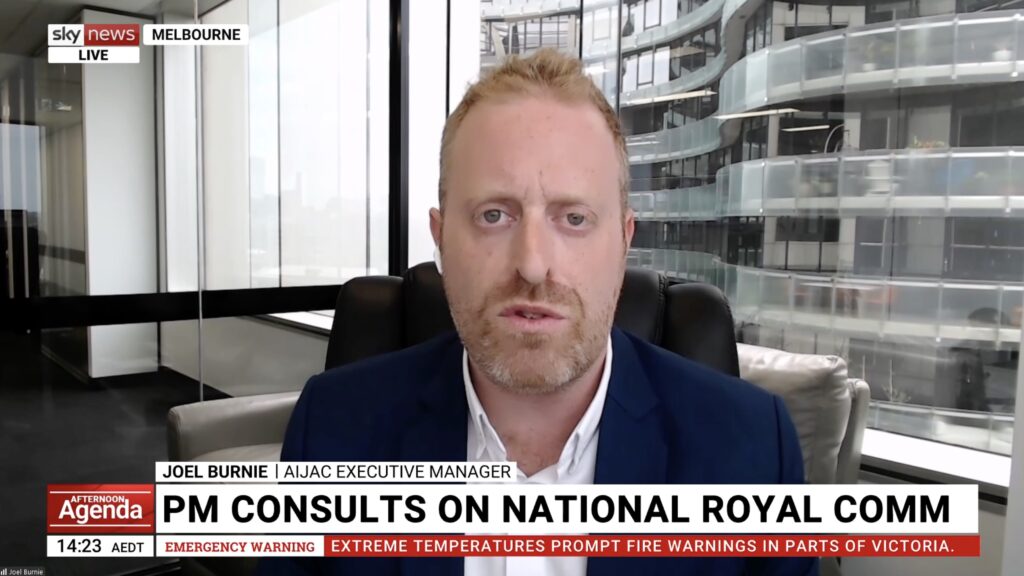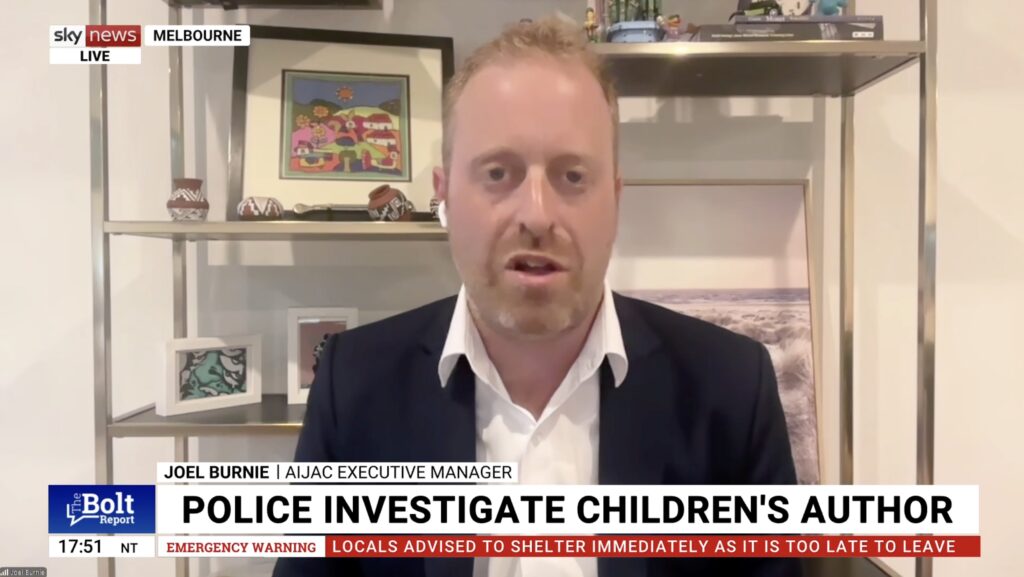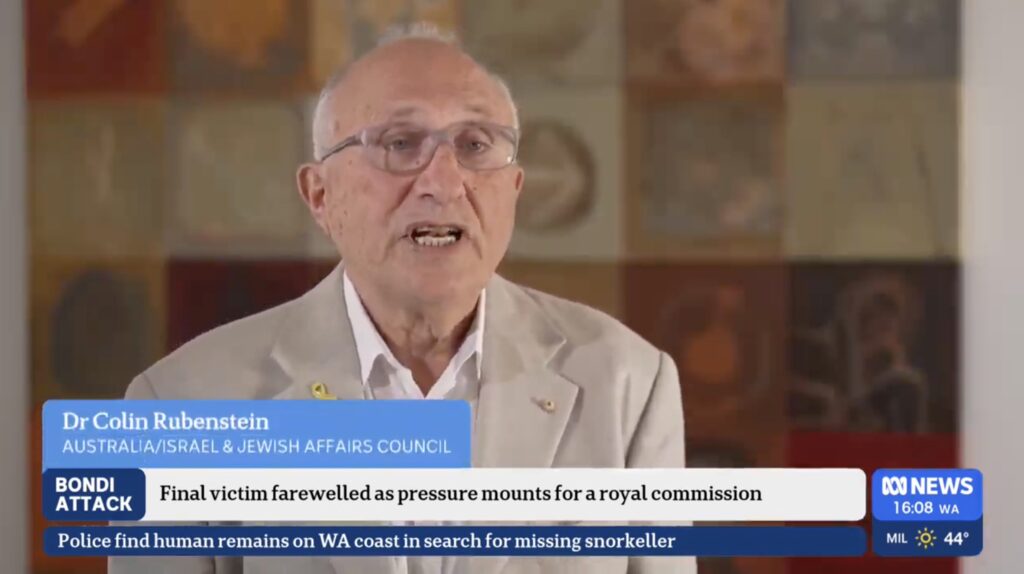Left to their own devices and faced with an Iran on the march in multiple theaters, regional states have responded to the deal in an incoherent and dangerous fashion.
July 14 will mark one year since the signing of the Joint Comprehensive Plan of Action (JCPOA), the nuclear agreement with Iran. This article is the first in a series of PolicyWatches assessing how the deal has affected various U.S. interests, to be released in the days leading up to the anniversary.
The JCPOA’s reverberations continue to echo throughout a Middle East that is arguably less secure than it was last July, in part because of the agreement. The problem lies not so much in the deal’s terms, which will complicate any Iranian effort to obtain nuclear weapons capability for at least ten years. Rather, the region perceives that its political effects have encouraged, even enabled Iran’s hegemonic quest, and there is enough truth in this view that the burden is on Washington to show it is not the case. Regional powers generally recognize this and have responded in various ways, from full-scale opposition by Saudi Arabia, to mixed approaches by Turkey and other Gulf states, to accommodation by Iraq and Oman. Coupled with what some perceive as weak U.S. leadership, this uncoordinated sloshing about risks a descent into greater chaos.
Initially, states throughout the region (other than Israel, at least officially) welcomed the JCPOA, though the Saudis did so with at best tepid language. Arab populations were split on the agreement, according to the 2015 Arab Opinion Index, with 40 percent supportive and 32 percent opposed. Those opposed, significantly, cited the agreement’s potential to facilitate Iranian mischief-making. Dutifully, all the Gulf states that attended the U.S.-GCC Summit in Saudi Arabia this April signed onto language supportive of the JCPOA, but the lack of enthusiasm for the underlying American approach to Iran was palpable — a sentiment also evident in King Salman’s absence from both the 2016 Nuclear Security Summit in Washington and the first U.S.-GCC Summit in 2015 (three of the five other GCC heads of state skipped the latter as well).
It is those underlying effects — with the wind in Iran’s sails conjured by the deal — rather than any JCPOA specifics that so concern most regional states. These effects flow from two anticipated outcomes of the agreement. First, the deal has given Iran the means to expand its regional heft through diplomacy, money, surrogates, and violence, namely by allowing the regime to profit from the release of many tens of billions of dollars of previously blocked oil earnings and renewed oil exports, to leave the negotiating table flush with arguable “victories” (i.e., maintaining the right to enrich uranium and avoiding a confession about its weaponization program), and to become newly attractive as a global trading partner. Second, the Obama administration, bereft of diplomatic successes elsewhere, has become so indebted to Iran for the agreement that it has avoided challenging Iran and, worse, seems to view the agreement as a transformative moment with Tehran, a “Havana in the sand.”
After the 2013 interim P5+1 agreement with Iran, when it became clear that a final agreement was likely, regional leaders and U.S. analysts focused on this second concern, highlighting the need to complement the JCPOA with renewed vigor in countering Iran’s aggressiveness. This focus was clear in the Iran Project’s July 2015 pro-agreement letter signed by over 100 former U.S. ambassadors, and in the June 24 bipartisan “Public Statement on U.S. Policy Toward the Iran Nuclear Negotiations,” released under the auspices of The Washington Institute. Regional states were more discreet, but reporting is all but unanimous that they emphasized this same point.

The Obama Administration claims it has “gotten the message” the Sunni Arab states have been sending about the need to firmly counter Iran’s destablising actions – but its behaviour suggests otherwise.
The U.S. government responded that it had “gotten the message.” Opposition to Iran’s “destabilizing actions” was highlighted in the final communiques of both U.S.-GCC Summits, and in Secretary of State John Kerry’s September 2 letter to U.S. senators, where he wrote: “We share the concern expressed by many in Congress regarding Iran’s continued support for terrorist and proxy groups throughout the region, its propping up of the Asad regime in Syria, its efforts to undermine the stability of its regional neighbors, and the threat it poses to Israel. We have no illusion that this behavior will change following implementation of the JCPOA.” Moreover, administration officials from the president on down kept emphasizing that the deal was “transactional” — a one-off “nuclear arrangements only” package, not a “transformational” Nixon-goes-to-China moment.
Unfortunately, administration actions and comments since then belie these commitments. This April, speaking with Jeffrey Goldberg in an interview for the Atlantic, President Obama stated that Saudi Arabia must learn to “share” the Middle East with Iran. The fact that he put the burden on Riyadh — a U.S. ally and, whatever its faults, a supporter of the American-led global status quo — rather than on Iran, an acknowledged opponent of that order, is striking.
Meanwhile, administration responses to crises generated by Iran since the JCPOA have been mixed, but certainly fall short of what it would take to persuade skeptical regional states that Washington is following through on Kerry’s commitments. In Iraq, the administration has applied enough power since mid-2015 to push back the Islamic State with government forces, reducing the role of Iranian-supported Shiite militias. The United States has also backed the GCC effort in Yemen, interdicted Iranian arms shipments, and sanctioned Tehran (mildly) for violating missile test provisions of the UN’s JCPOA implementing mechanism (Security Council Resolution 2231).
Yet Washington failed to deter Iran’s outrageous seizure of errant U.S. Navy crews this January, and in fact commended more than condemned the regime for its actions. And despite its commitments to GCC states, the government has held up aircraft sales to Kuwait, Bahrain, and Qatar, key allies in fighting the Islamic State and deterring Iran. The United States has also done little to oppose Iran’s encroachment in Lebanon. And most important, Washington had little response to the Iranian-Russian alliance in Syria, sealed just after the JCPOA, which reversed the Assad regime’s fortunes, generated bilateral tension with Turkey and Arab states, and further weakened the U.S. commitment to anti-Assad rebels. In sum, for Ankara, Jerusalem, and most Arab states, Iran appears on the march in multiple theaters, without major U.S. pushback.
Absent a White House that is willing to “lead from the front,” regional players have acted individually. Saudi Arabia has been the strongest in opposing Iran, leading the Yemen campaign, supporting Bashar al-Assad’s overthrow, keeping its distance from Shiite prime minister Haider al-Abadi’s government in Iraq, and withdrawing its bank holdings from a Lebanon that it sees as trapped within Tehran’s sway. The United Arab Emirates and in some respects Qatar have followed similar strategies. Oman and Kuwait are on the sidelines. Jordan is worried about Iran but has more pressing threats. Egypt remains largely absent from the regional stage. Turkey supported a past Iranian nuclear deal (the 2010 “Tehran Agreement”), but it now sees Iran as a both a regional rival and trading partner, and it bitterly opposes the Assad-Tehran axis in Syria. As for Israel, many top figures, including leading military officials, recognize that the JCPOA has temporarily restrained Iran’s nuclear quest, though Prime Minister Binyamin Netanyahu himself has not conceded this point. Israel has simultaneously courted Moscow, remained generally neutral on Assad, and reacted to the Iran-Hezbollah alliance with fairly frequent military strikes in Syria.
The result of all this is not pretty. The administration mainly appears interested in preserving the accord and its new channels with Tehran while running its still-limited campaign against the Islamic State. Left to their own devices and faced with an Iran on the march, regional states are responding in an incoherent and dangerous fashion, including Turkish shootdowns of Russian aircraft, the intractable Yemen conflict, and Israeli strikes into Syria. To the extent the JCPOA enabled this, it has degraded Middle East security.
James Jeffrey is the Philip Solondz Distinguished Fellow at The Washington Institute and former U.S. ambassador to Iraq and Turkey.








